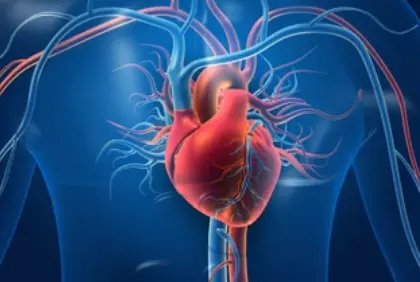 Welcome
Welcome
“May all be happy, may all be healed, may all be at peace and may no one ever suffer."
Poison ivy - Generics
Poison ivy is a plant that produces an oily resin called urushiol, which can cause an allergic reaction in many people. The reaction typically includes a red, itchy rash that may develop into blisters and can be quite uncomfortable.
The rash caused by poison ivy can appear anywhere on the body, depending on where the urushiol has come into contact with the skin. The rash usually appears within 12 to 48 hours of exposure, but can take longer in some cases.
To prevent the spread of poison ivy, it is important to wash any exposed skin as soon as possible with soap and water. Clothing and other items that may have come into contact with the plant should also be washed to remove any remaining urushiol.
Treatment for poison ivy usually involves managing the symptoms of the rash. This may include applying cool compresses or calamine lotion to the affected area, taking antihistamine medications to reduce itching and swelling, and avoiding scratching or picking at the rash to prevent infection.
In severe cases, a healthcare provider may prescribe a topical or oral steroid medication to reduce inflammation and promote healing. It is important to seek medical attention if the rash is severe or if it is accompanied by other symptoms such as fever, difficulty breathing, or swelling of the face or throat.

Diabetes mellitus

Infections caused by Stap...

Congestive heart failure

Infantile colic

Disturbed biorhythms

Infected burns

Reversal of neuromuscular...

Panic attack
Poison ivy, বিষ আইভি
To be happy, beautiful, healthy, wealthy, hale and long-lived stay with DM3S.